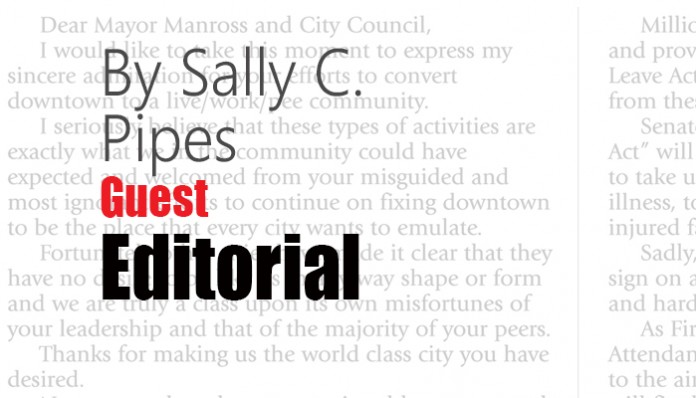The National Academies of Sciences, Engineering, and Medicine (NASEM) recently released a report urging Congress to allow federal bureaucrats to negotiate Medicare drug prices directly with pharmaceutical companies. Currently, private insurance companies conduct these negotiations. The Academies believe the federal government could use its bulk purchasing power to obtain lower drug prices for Medicare beneficiaries.
NASEM is wrong. Giving the government negotiating authority would stifle innovation and reduce 42 million Medicare beneficiaries’ access to medicine.
Congress created Medicare’s “Part D” prescription drug benefit in 2003 to help seniors and disabled Americans afford their medications. Private insurers put together and sell these prescription drug plans, and the government subsidizes seniors’ monthly premiums.
The program’s “non-interference” clause strictly prohibits the government from negotiating drug prices with manufacturers and pharmacies. Congress believed, correctly, that private insurers could offer seniors a wider range of medicines at lower prices if federal bureaucrats were kept at bay.
These insurers have no choice but to aggressively negotiate with pharmaceutical manufacturers for discounts. If they don’t, a rival insurer that obtained discounted drugs could use the savings to offer customers plans with lower deductibles, premiums, or co-payments.
This free-market competition has worked wonders for taxpayers and beneficiaries.
In its first decade of implementation, Part D cost $349 billion less than the Congressional Budget Office projected. Beneficiaries can buy a 2018 Part D plan for an average monthly premium of $33.50 — a $1.20 decrease compared to 2017 plans. Beneficiaries in states like New York, Pennsylvania, and Ohio will enjoy premiums as low as $12.60 per month.
NASEM claims that government negotiators could drive drug prices even lower. That’s contrary to what the CBO has been saying for more than 10 years. The non-partisan office explains that merely giving the government the ability to negotiate prices would “have a negligible effect on federal spending.”
The CBO cautions that the only way government officials could lower drug prices is by refusing to cover medicines deemed too expensive.
Our veterans have experienced this rationing first-hand. The government negotiates drug prices for the Veterans Health Administration. The program’s list of covered drugs excludes nearly one out of every five of the top 200 drugs included in Part D plans. Last year, the VHA only covered three out of 25 newly-approved, first-in-class therapies. The average Part D plan covered 20 of these medications.
If our government can’t provide adequate drug coverage for the 9 million veterans in the VHA system, it cannot be trusted to do so for the 42 million Americans enrolled in Part D plans.
NASEM also believes that federal negotiations wouldn’t discourage “the continuing development of new drugs.”
Wrong again. It costs more than $2.6 billion to develop a new drug. If pharmaceutical companies weren’t sure Part D plans would cover newly created medicines, they’d hesitate to invest in risky, high-cost research.
Nearly nine in 10 Part D patients are happy with their prescription drug coverage. This approval rating would plummet if the federal government took the place of private insurers and excluded the latest, most effective drugs from coverage.
Privately-negotiated Part D plans deliver low premiums and a diverse range of choices to beneficiaries. There’s no need for Congress to fix a system that isn’t broken.
Sally C. Pipes is President, CEO, and Thomas W. Smith Fellow in Health Care Policy at the Pacific Research Institute. Her latest book is The Way Out of Obamacare (Encounter 2016). Follow her on Twitter @sallypipes.





